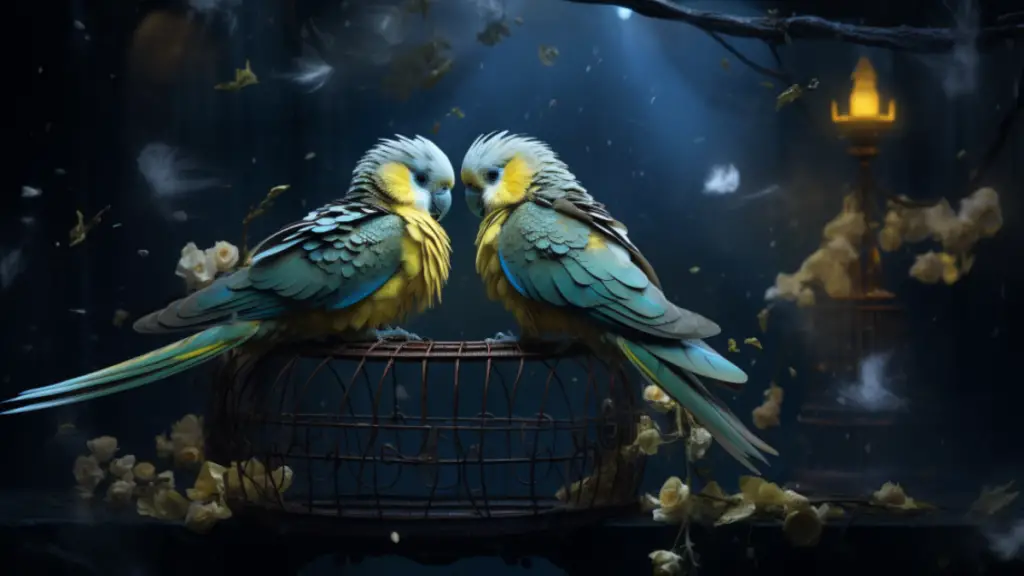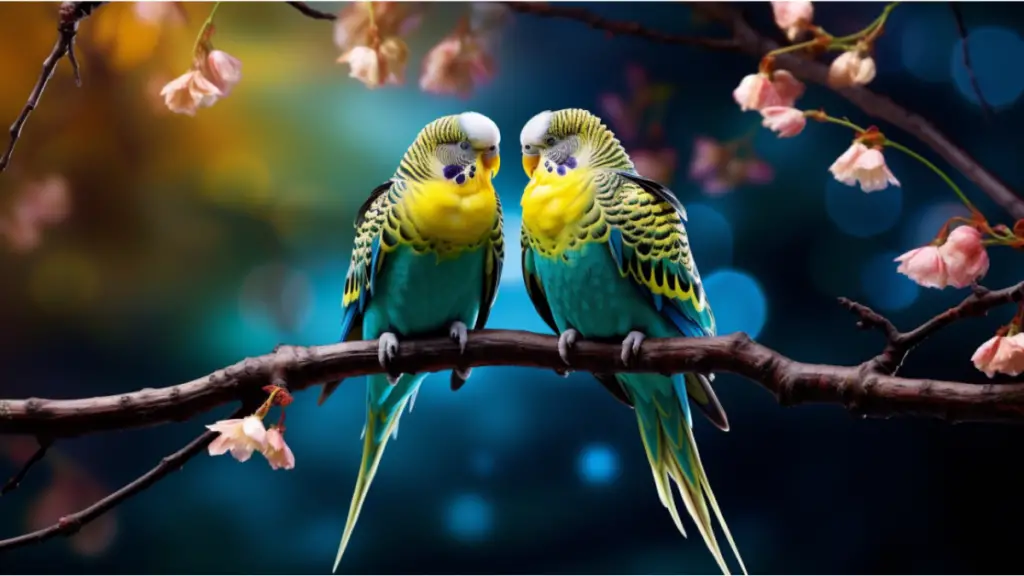Are you curious how budgies show affection?
Budgies may not be cuddly in the traditional sense, but they have unique ways of expressing love and forming playful bonds.
This article will explore how budgies display affection towards their fellow budgies and their owners.
From vocalizations to body language, invitations to play, grooming, and preening, budgies have a range of behaviors that showcase their affection.
We will also delve into the fascinating world of budgie vocalizations, helping you understand what your feathered friend is trying to communicate to you.
So, if you want to learn more about budgie affection and how to strengthen your bond with these clever and affectionate birds, keep reading!
- Key Takeaways
- What is it?
- Ways Budgies Show Affection
- Understanding Budgie Vocalizations
- Frequently Asked Questions
- Can budgies be trained to cuddle with their human owners?
- What are some common signs that a budgie is feeling stressed or uncomfortable?
- How can I encourage my budgie to bond with me and show affection?
- Are there any specific toys or activities that budgies particularly enjoy for bonding and playtime?
- Can budgies understand and respond to their human owner's emotions?
Key Takeaways
- Budgies show affection through vocalizations, body language, invitations to play, grooming, and preening.
- Budgies may find handling stressful and may shirk away from being handled, but some may welcome handling after socialization and training.
- Budgies can develop an extensive vocabulary and may repeat words from humans they want attention from.
- Budgies express love and affection through physical actions like nuzzling, sharing physical space, and grooming.

What is it?
Budgies show affection and playful bonds through various expressions of love, such as vocalizations, nuzzling, grooming, and playful interactions with their human owners. Understanding budgie behavior is key to building a strong bond with your budgie.
When your budgie vocalizes, it’s their way of expressing joy, happiness, and contentment. They may whistle to show their welcome and trill or sing to indicate relaxation and friendship.
Nuzzling against your neck is their way of offering a cuddle, while grooming is a sign of love. To strengthen your bond, provide regular mental stimulation and interact with toys and your budgie. Sharing a toy or playfully nipping your hand are signs of affection.
Remember, budgies are clever and affectionate animals that thrive on companionship, so show them love and attention to foster a strong and playful bond.

Ways Budgies Show Affection
When it comes to showing their affection, budgies have a variety of ways to communicate with their human owners. Budgie grooming is one way they express their love. They’ll often preen their feathers to keep themselves clean and show their trust and affection towards you.
This grooming behavior indicates that they consider you part of their flock and want to take care of you. In addition to grooming, budgies also show physical affection. They may nuzzle against your neck or sit closely on your shoulder, indicating their desire for physical closeness. These gestures demonstrate their trust and love for you.
Understanding Budgie Vocalizations
Remember to reciprocate their affection by giving them mental stimulation, toys, and playtime. By nurturing their bond with you, your budgie will continue showing their affection uniquely and delightfully.
Listen closely to their chirps and trills to understand budgie’s vocalizations as they communicate their emotions and desires.
Budgies have different types of vocalizations that can convey various meanings. Chirping is natural and can indicate happiness, contentment, or excitement. It can also allow budgies to establish their presence or communicate with their flock or human owners.
Whistling is another form of vocalization that budgies use to express joy and welcome others. It is a sign of relaxation and friendship.
By paying attention to the context and frequency of their chirps and whistles, you can begin to understand the meaning behind their vocalizations. Remember, each budgie is unique, so take the time to observe and interpret their communication style.

